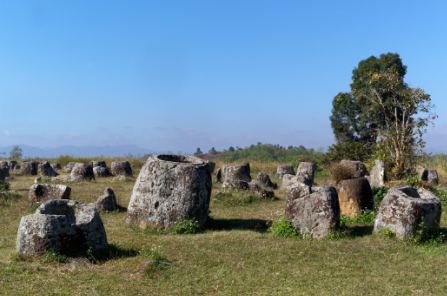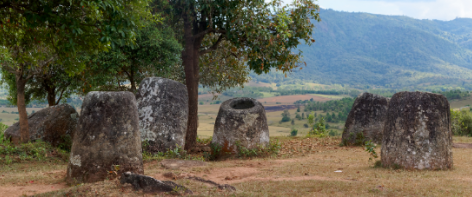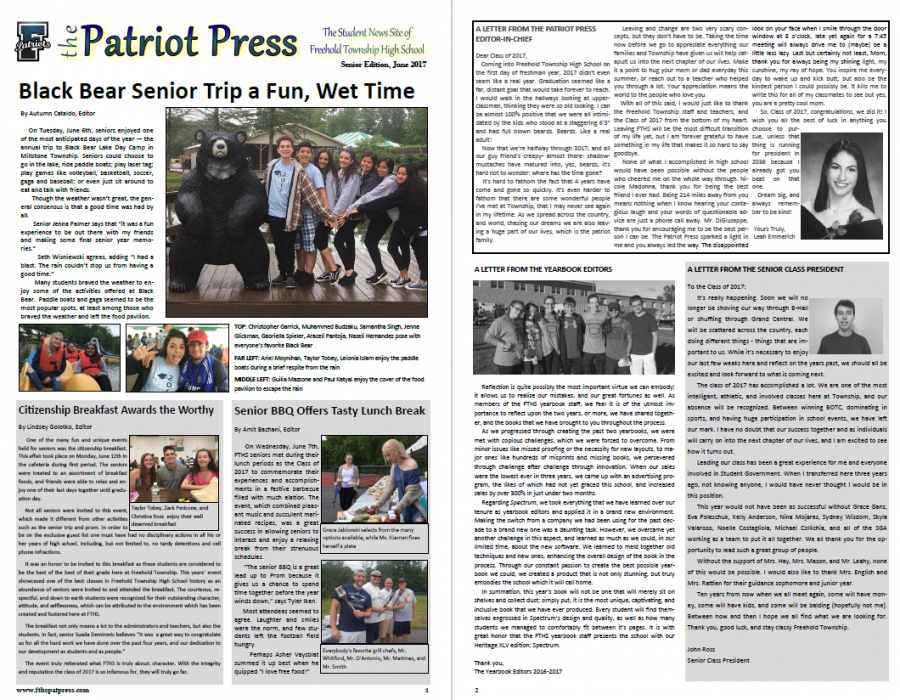Nobody can deny jars are pretty cool. They can hold stuff, and you can carry that stuff more easily when they are in jars! Yeah, nobody cares about jars. But a strange frequency of jars might lead you to question just exactly how they got there. If you saw one strange jar out on your daily walk to the bus stop, you might just believe it’s a stray piece of trash. How many jars would confuzzle you? Would two jars be enough to stop you in your tracks? Maybe three? How about over 2000? That’s just how many jars rest in the plain named after this strange frequency.
 A stretch of grass and wilderness in Laos has remained inexplicably covered in about 2,100 large jars for the better part of its modern history. These objects, which date to the time period between 500 BC and 500 AD, are not exclusively jars, but various appliances made of Iron Age materials—tombstones, quarries, grave markers, and discs exist among the strange concentration of jars. The jars are also quite intricate according to extensive analysis, as they surround a central point in an undeniable pattern and were heavy enough to require intense movement from the place where they were created.
A stretch of grass and wilderness in Laos has remained inexplicably covered in about 2,100 large jars for the better part of its modern history. These objects, which date to the time period between 500 BC and 500 AD, are not exclusively jars, but various appliances made of Iron Age materials—tombstones, quarries, grave markers, and discs exist among the strange concentration of jars. The jars are also quite intricate according to extensive analysis, as they surround a central point in an undeniable pattern and were heavy enough to require intense movement from the place where they were created.
The jars were scattered throughout the Province of Xieng Khouang in northern Laos. They are made of sedimentary rock and are generally between 3 and 10 feet tall with a massive average weight of 14 tons. The real purpose of the jars has remained unknown, but anthropologists posit that they were likely used for funeral purposes or food. Local folklore, however, has suggested an entirely different approach. They believe that a giant by the name of Khun Cheung was a giant who lived in the surrounding area and brewed lots and lots of wine with the pots following a great battle victory.
The time period they were created, the Iron Age, is one of the most obscure parts of history. There are very few artifacts from this period of human development, so these relics are a very useful tool as scientists and archaeologists desire to investigate it more in depth. The jars themselves imply that the societies at the time had practices that involved social classes and other elements reminiscent of society today. Additionally, the location of the jars is a very important cultural centerpiece, as it is the crossroads between the Gulf of Tonkin, the body of water bordering northern Laos, and the rest of Eastern Asia. There was a lot of travel in this location, indicating a heavy presence of people and frequent trade.
themselves imply that the societies at the time had practices that involved social classes and other elements reminiscent of society today. Additionally, the location of the jars is a very important cultural centerpiece, as it is the crossroads between the Gulf of Tonkin, the body of water bordering northern Laos, and the rest of Eastern Asia. There was a lot of travel in this location, indicating a heavy presence of people and frequent trade.
The jars were left mostly undisturbed for thousands of years until Madeleine Colani, a French archaeologist, began investigating them in the 1930s. The precious materials that had been there previously, like weapons and jewels, had long been collected, but Colani made discoveries that were much more beneficial for her. She uncovered ancient bones and other traces of human remains, leading her to hypothesize that the urns were representative of a funeral site.
The jars might be mostly concentrated in this area of Laos, but traces of these urns have been documented in many different areas of southern Asia, reaching all the way to India. The idea that the jars guided traders or collected rainwater for practical purposes still perpetrated the research of historians. The true purpose of these jars will likely never be discovered, but as more data is discovered, the true answer will draw closer.

The challenge with the previous statement, though, is that the area surrounding the jars is incredibly perilous. Throughout the land that the jars are located, there are hundreds of bombs from the 1960s that remain unexploded and dangerous. The plan to apply as a UNESCO World Heritage Site has been delayed as volunteers painstakingly excavate the potentially dangerous explosives in order to encourage tourism and support. Some parts of the field are open to visitors, but large portions are completely blocked off in order to weed out the bombs. In fact, the bombs are so prevalent that scrap metal has been collected and used as house decoration in local villages like Phonsavan.
The jars are extremely heavy, so moving them would be a challenge for any potential vandalism, but humanity will never stop destroying anything it can touch. The jars might never be explained, but preserving history should be a key mission for everyone, so keeping these intact and available to view can help educate people about the past. Maintaining this Plain of Jars is essential, now more than ever.
Resources:















































